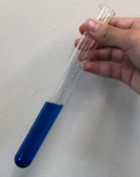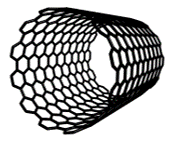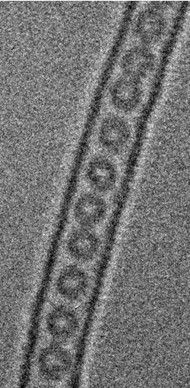Example
Creating new functions by molecular size containers
Background
In chemical experiments, a container is chosen depending on the intended use, from test tubes, flasks, etc., and solvents and reactants are put into it to bring about a chemical reaction, and a target substance is obtained. Then, even if the container is made as small as the substance that causes the reaction, will this result in the same chemical phenomenon? In fact, when the size of the container is reduced to the utmost limit, the effect of the container’s wall becomes obvious and chemical reactions and selective incorporation of substances that have been difficult to create can be expressed.
Overview and Objectives
In these activities, we create a wall with a main element of carbon and a nano space material with a wall made of chemically stable boron nitride (= molecular-sized container), and by analyzing the structure, physicochemical property and chemical reactivity when molecules and ions are confined in a container with a fine space from many directions, we aim to create chemical reactions that have been difficult to create and develop preservatives and separating agents making the most of molecular selectivity. These activities will help develop catalysts without using valuable metals and suggest basic propositions in developing effective separating agents and preservatives, thereby laying the foundation for developing materials in a wide range of fields. For example, they could help develop energy-efficient reaction processes and unprecedented chemical synthesis schemes.



While the test tube (top) has a diameter of a few centimeters, containers with molecular size (example: carbon nano tube (bottom)) has a diameter of approximately 2 nm.
Representative
